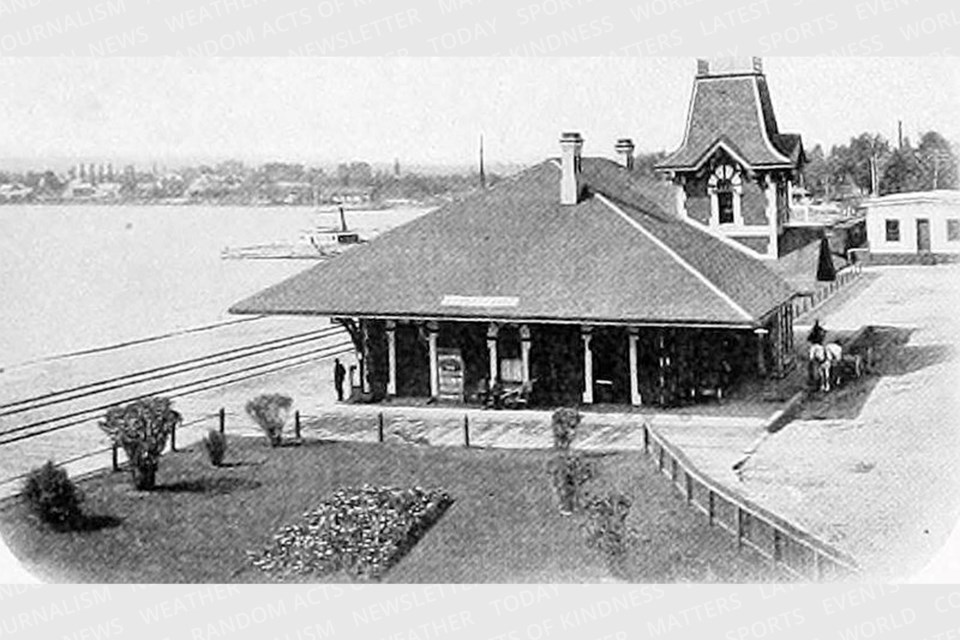In my last Postcard Memories column, we ventured back to the mid-19th century to meet ‘The Queen of Lake Simcoe Steamers,’ the Emily May. In this instalment we will complete the story of this storied vessel.
For a decade after being built in 1861, Captain Isaac May sailed the steamer all around Lake Simcoe, ferrying passengers and freight and occasionally offering her as an excursion vessel.
By 1871, however, Captain May was looking to sell. He found a buyer in the form of the Northern Railway, which arrived in Barrie in in 1865. The sale was completed in 1872.
The Northern Railway had big plans for the Emily May, which under new ownership was rechristened Lady of the Lakes. In November 1871, the luxury Couchiching Hotel was built in Orillia. Most of its shareholders were directors of the Northern Railway, who had a vested interest in using their railway to boost the hotel’s success and transform Lake Simcoe into a tourism mecca.
The Lady of the Lakes would transport wealthy guests to and from the hotel and, it was felt, help create a sense of refinement and exclusivity. The vessel would also be used as a luxury excursion vessel for these well-heeled individuals.
For a time, the ambitions of the Northern Railway were realized. The Couchiching Hotel quickly established itself as the go-to hotel for the rich and famous. Guests included Ontario Premier Oliver Mowat, the Lt. Governor of Ontario Donald Alexander MacDonald, and American General George B. McClellan and a coterie of Civil War veterans.
The plan came crashing down in 1878, when the Couchiching Hotel was razed by fire. Insurance didn’t cover the losses, so the hotel was never rebuilt. The Lady of the Lakes was now without purpose.
Had it been a decade or more earlier there likely would have been a buyer for the Lady of the Lakes, but by 1878 railways had almost completely encircled Lake Simcoe, supplanting the steamboat at the most economical and convenient method of transportation.
The Lady of the Lakes sailed for a few more increasingly unprofitable seasons, but in 1883 the Northern Railway decided to discard the vessel. She was run around at Belle Ewart, abandoned, and left to rot in the shallows.
A century later the Simcoe County Historical Association erected a plaque in honour of the Emily May/Lady of the Lakes at Belle Ewart Park.
